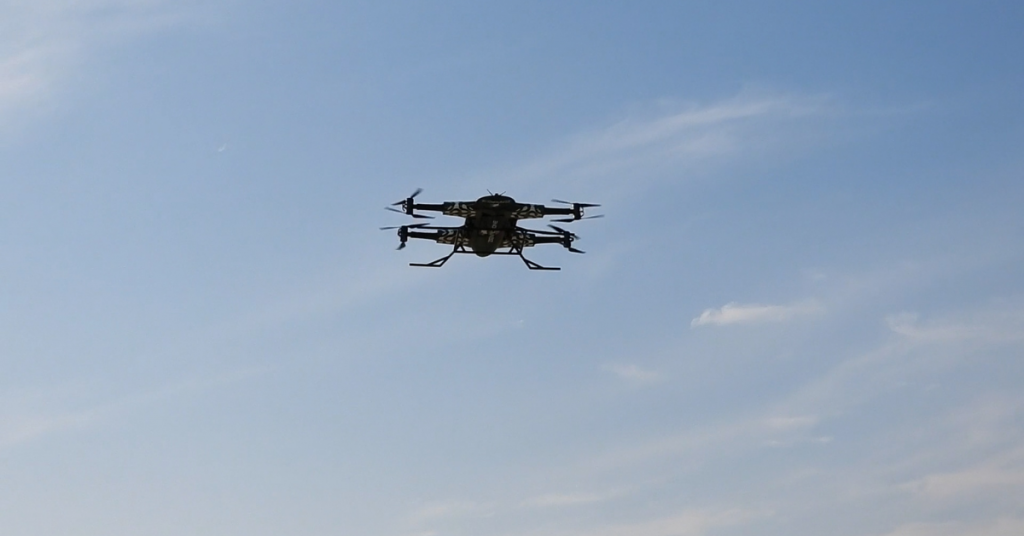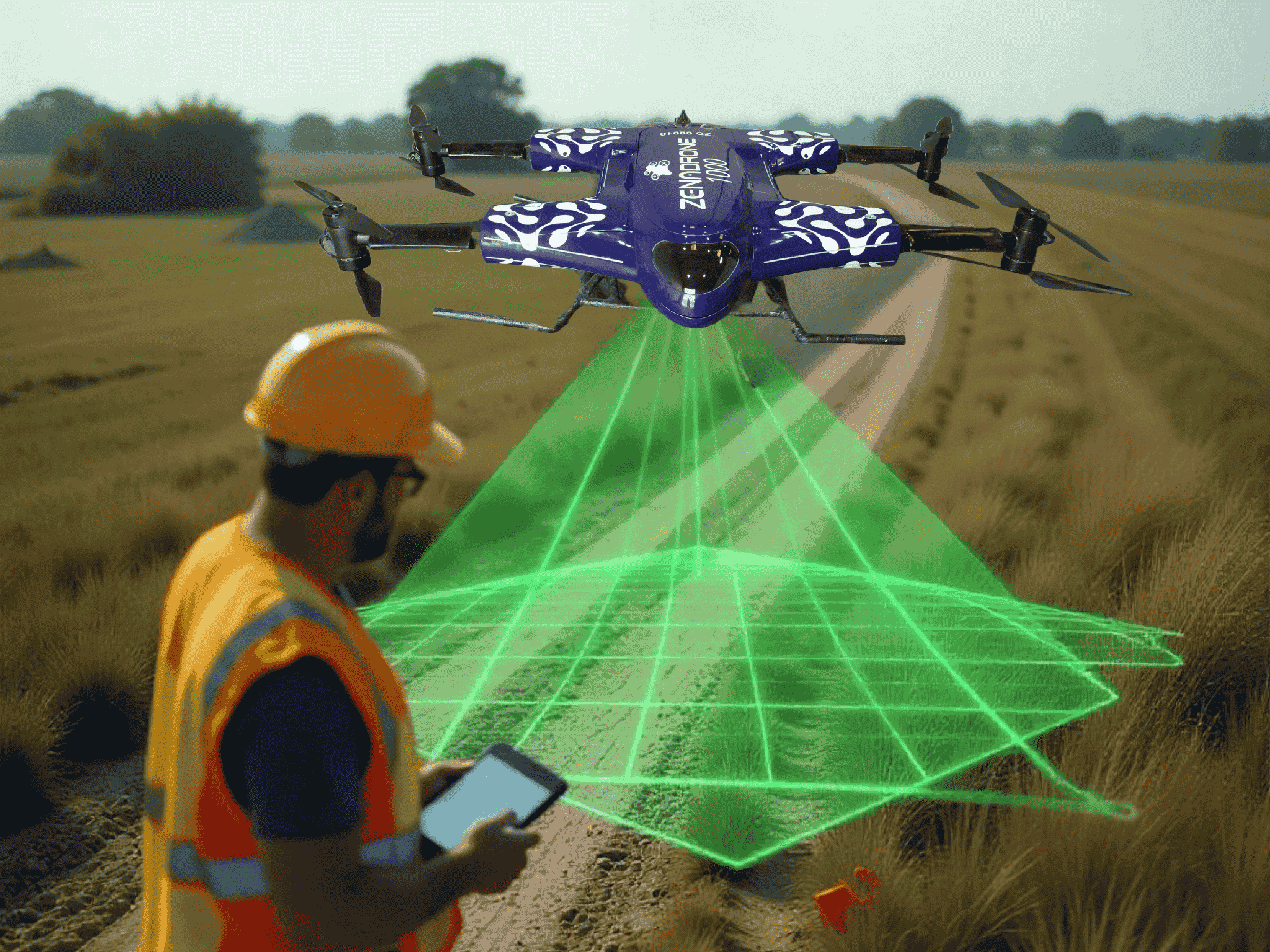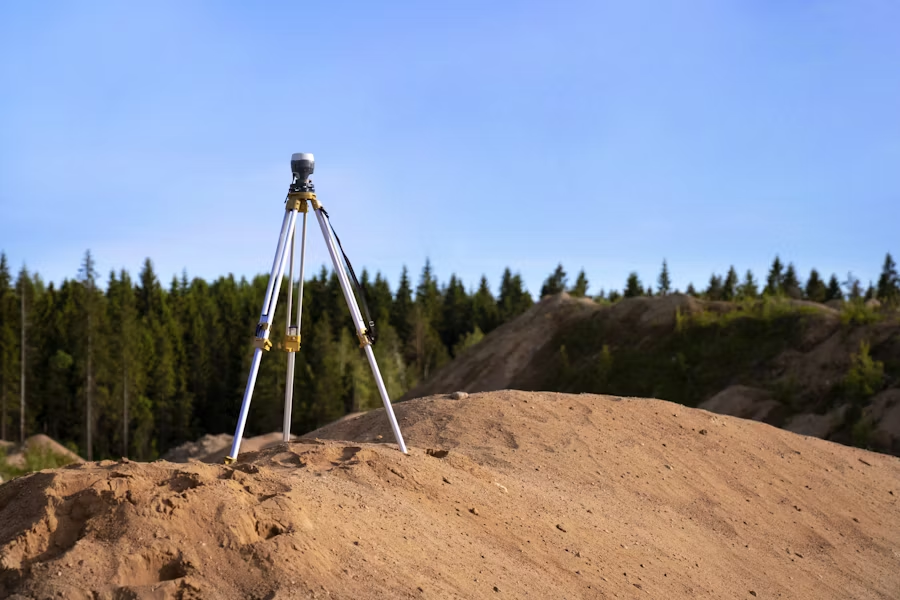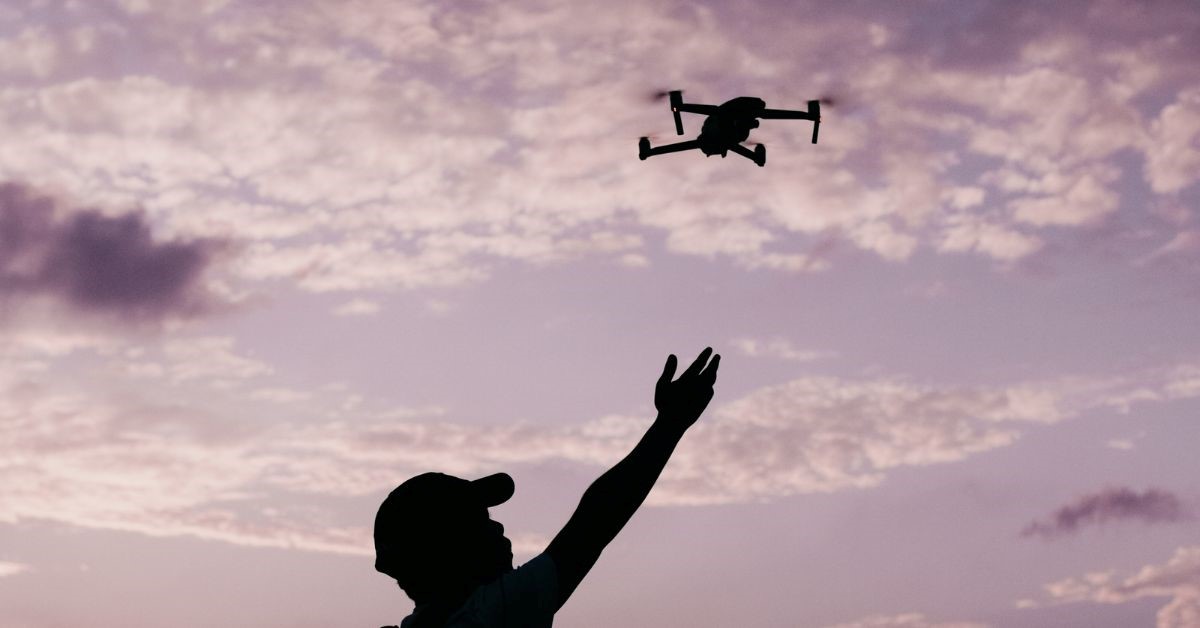Maximizing Payload Capacity For Industrial And Commercial Drones

Drone payload consists mainly of active and passive components that convey data from one area to another. A passive payload consists of various commodities, equipment, and amenities such as freight. The operational payload capacity comprises systems such as optical cameras and sensors that document and relay information. A drone payload defines is anything that wasn’t originally part of the UAV. Although primary equipment, such as cameras, propeller guards, and gimbals, are not originally part of the drone. Carrying any payload or equipment can reduce flight performance by increasing air resistance and weight.
The type of commercial drone flown determines its carrying capacity. The most critical elements that influence payload capacity include:
- Drone weight
- Engine power
- Size
- Type of propellers
- Number of propellers
- Battery type
What makes drone payload vital for its performance? How does it affect commercial drones? Let’s take a look.
Definition Of UAV Payload
The payload is the amount of weight an unmanned aerial vehicle (UAV) can transport. It is usually calculated separately from the importance of the drone and includes anything extra to the drone. A UAV’s payload includes additional cameras, sensors, or parcels for delivery. Larger UAVs, like military drones, have larger payloads. Commercial and industrial drones can also have larger payloads and cost more than personal drones.
Drones that demand a large lift requirement also require a larger capacity battery, increasing the drone’s weight. Heavy drones require robust, durable frames heavier than hobby drones’ standard lightweight construction. Drones with heavier payloads and more customization affect flight endurance.
The Significance Of Drone Payload
The bigger a commercial drone payload volume, the more flexibility it has, allowing additional customization for customer demands. Upgrades can include:
- Dual thermal camera
- RGB imaging system
- LiDAR technology
- GPS System
- And many more
Expanding sensors and cameras helps process more data at the same time.
Recognizing The Various Types Of Drone Payloads And Their Applications On Commercial UAVs
Drones are growing in the market, and with that growth has been a wide range of drone payloads. These drone components can perform specific functions. Different payloads produce different results depending on what an industrial UAV requires.
1. Camera
Drone cameras serve as an eye for drone operators. UAVs can record videos and capture photographs. Industrial drones inspect solar panels and require cameras to check the status of structures.
2. Sensors
There are plenty of sensors available for integration in commercial drones. Sensors are capable of measuring environmental parameters such as:
- Temperature
- Humidity
- Air quality
Collision avoidance sensors allow drones to remote sensing to avoid obstacles and possible injuries.
3. Transmission System
Transmitting data is vital for drones utilized in different industries. For delivery drones, sending the address requires an efficient system. Agriculture drones need an efficient communication system to relay farmers’ information on soil and plant conditions. Communication system help make drones relay data and information faster to operators.
The Physics Of Drone Payloads
Heavier drones require to transport large payloads. The better the power-to-weight ratio of a drone, the greater the payload it can carry. A larger battery equals a heavier payload, limiting upgrades. Lift is essential for drones to fly. Despite the slower air flow produced by the smaller-rotor drone, the larger-rotor drone has more air thrust with similar power.
Drone Payloads: Its Vital Accomplishments
The majority of valuable data acquired comes from a drone’s payload capacity. Payloads are available in various combinations, ranging from RGB cameras to thermal optics and LiDAR.
Diverse payloads’ size, shape, weight, and power requirements differ significantly. Industries integrating the necessary payload into their drones must consider more than the payload’s capabilities. The influence of additional features on UAV performance also requires evaluation.
Flight Endurance
Designers and engineers have outfitted UAVs with various power sources, including hydrogen fuel and lithium polymer batteries. Weight is one of the most important parameters influencing how quickly a drone consumes fuel or battery energy. UAV payloads increase the heaviness of an aircraft and, in most situations, deplete the drone’s power reserves.
Reduced flight time is due to the drone working harder to fly. Higher weights necessitate more lift from the drone. Spinning propellers draw more power from the fuel supply.
Center Of Gravity And Mobility
Aerodynamics and maneuverability directly influence how a drone moves in the air. Aircraft navigate on a center of gravity and can rotate around that center of gravity along three axes:
- Pitch: moves the aircraft’s nose up or down along the axis from wing tip to wing tip.
- Yaw: the axis that runs across the airplane’s center of gravity from top to bottom, rotating it from left to right on a level plane.
- Roll: the axis that propels the wings up and down on a conventional airplane from nose to tail.
Although many drones are quadcopters and come in various designs, aerodynamic principles always apply. A particular UAV’s plan has a designated center of gravity for maximum performance and stability payloads cause a drone’s center of gravity to change, which affects the drone’s three-axis control.
The drone’s mobility is vital and considered with additional payloads and its functions with more remote sensing systems. When selecting a payload, it’s crucial to consider the drone’s mobility. The center of gravity may affect the ability to manage the commercial drone while in the air. Mounting a payload on a drone may require recalibration. Remember that if the drone carries an additional payload, the batteries may become hot during flight and overheat.
Conclusion
It is crucial to comprehend the many payload kinds and their functions, regardless of the type of drone payload employed. Companies utilizing comercial drone with useful payloads for specific tasks require constant recalibration and safety checkups. The essential aspect of drones is safety and efficiency. Proper payload installation and upgrades enhance the safety and competence of UAVs. Drones would be far less valuable to humans without the capabilities of UAV payloads, particularly for industrial applications. It’s vital to consider selecting the appropriate payload capacity than concentrating on the drone’s gadget.
Contact Us
Thank you for your message. It has been sent.
Latest Posts
Social Profiles















